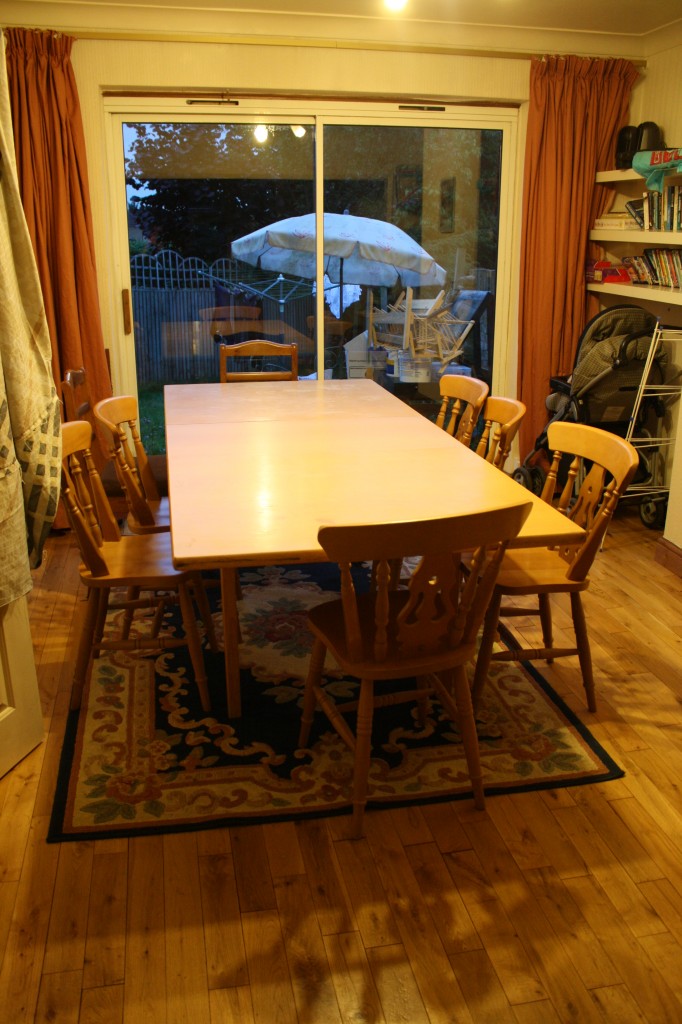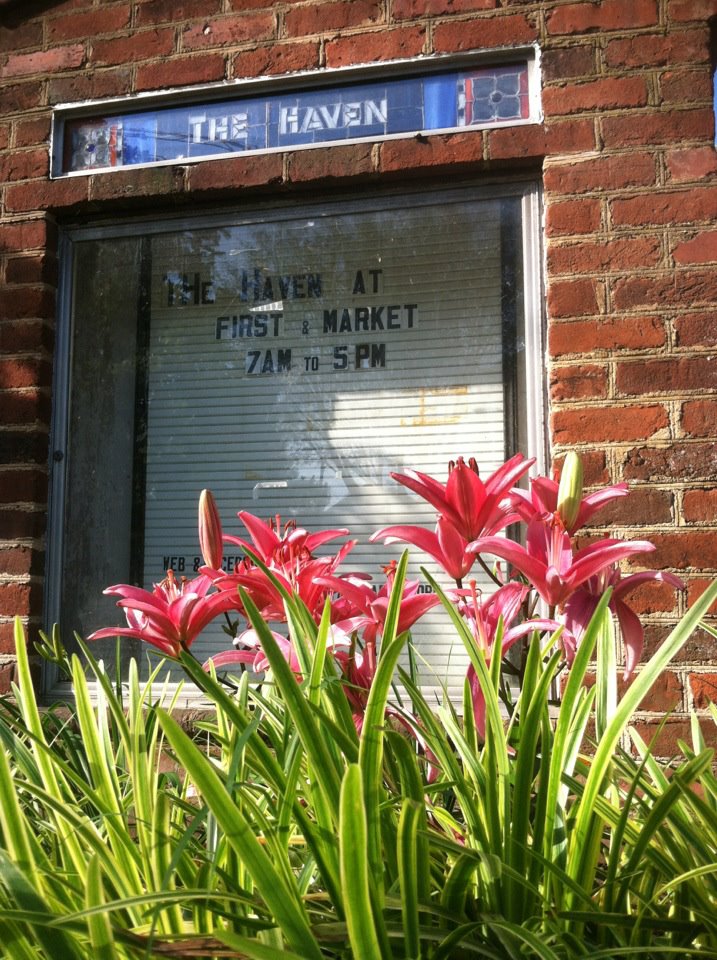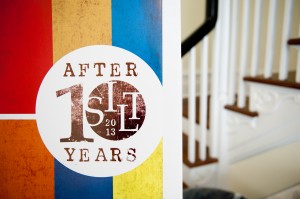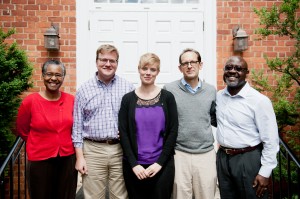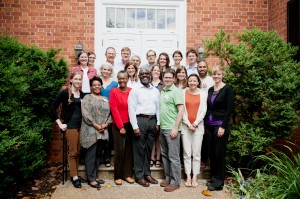“Strolling in Harlem does not mean merely walking along Lenox or upper 7th Avenue or 135th St; it means that those streets are places for socializing. One puts on one’s best clothes and fares forth to pass the time pleasantly with…the strangers he is sure of meeting.” Ella Baker, Freedom Bound, p. 28
For the past week, Jonathan (my mentor and a member of the Rutba House) and I have been reading, Freedom Bound, the biography of Ella Baker. Miss Baker was one of the most important figures in the Civil Rights Movement, and perhaps someone you’ve never heard of. She was not a well-known personality of the movement, like MLK or Malcolm X, but rather a behind-the-scenes organizer who played a crucial role in bringing together and sustaining groups like the Southern Christian Leadership Conference (SCLC) and the Student Non-Violent Coordinating Committee (SNCC).
Something that both Jonathan and I noticed about Ella, alluded to in the opening quote, was her ability to engage and relate to people. Early on in her life, Ella took to roaming the streets in order to spark conversations with anyone and everyone she ran into, an exercise that carried on throughout her entire life. She would often walk up to a complete stranger, shouting “Hello Brother!” as she got to know people’s stories and learn from them, from their lives and experiences. It seemed it was this quality that people found most striking in Ella’s life: that she was always willing to listen. There was not person in whom she was not interested. As I read her biography, I wanted more and more to be able to engage people in this way. I was inspired.
As this morning’s work wrapped up, Jonathan looked at me with a slight grin on his face and said, “You know what? This afternoon I want you to read about Ella for a few hours, and in light of her favorite past-time, spend awhile walking around the neighborhood and meeting folks.” I no doubt had a look of uncertainty on my face as it sunk in what exactly he wanted me to do. “Go down Onslow Street a few blocks,” he continued. “There are some guys that usually hang around the corner down there. If you let them know you’re with the Rutba House, they shouldn’t try to sell you drugs.” And then he went on his way, leaving me to figure out the specifics of the task at hand.
I went home to read Ella’s biography, trying to give myself time to develop some sort of strategy or method for strolling Walltown. I brainstormed the best way to approach strangers, the best tactic for starting the conversations, the topics that would keep someone roped in; I planned in advance every aspect of these conversations so I wouldn’t be caught off guard by some act of spontaneity. As I sat there I began to realize, perhaps incorrectly, that there seemed to be very few ways for me to open up a genuine conversation with people that extended past the usual formalities. What is there to say beyond, “Hey, how you doing?” or “Nice day, huh?” I could not, despite trying, come up with a good means of going about this “strolling” and engaging people in meaningful conversation.
As the afternoon slowly faded to evening, however, I knew that I just needed to go out and do it. I left my house and started for that corner that Jonathan mentioned. The first block passed, and no one was out. The second block passed, and still no one was around. By the end of the third block, I started to wonder if anyone was out in Walltown. But then, as I rounded the last corner, I heard a loud, “HEY!” and saw a man cut a path straight for me. As he got closer, I realized that I knew this man; I had met him a few weeks back with Jonathan not two blocks from where I was standing. As he strutted up, I noticed he was carrying three things: a cane, a bag of hot dog buns, and a huge grin. He shook my hand vigorously as I reintroduced myself, realizing he didn’t remember me.
His name is Doc, I relearn, and he lives a few streets outside of Walltown but considers this place his stomping ground. Doc and I talk about random, surface-level things for a few minutes before he abruptly stops and looks me in the eyes. “Elvis,” as he has taken to calling me, “can you go to the gas station and buy me a beer?” When I reply no, he changes his request. “What about a pack of cigarettes?” When I say no again, he doesn’t have a response, so I make an offer: “How about we go get a pack of chips.” Doc gets that smile on his face again, says ok, and just like that, we’ve moved past the domain of salutations, at least slightly.
For the next forty-five minutes, Doc walks me all over Walltown, introducing me to anyone and everyone we pass; he seems to know them all. I meet Mole, Frank, Mr. Scott, and many more, each greeted with the loud, piercing “HEEYY,” and each farewell an equally loud “GOD BLESS.” As I walk with Doc from house to house, duplex to duplex, meeting every person in sight, I slowly begin to realize that setting out, I was attempting to be Ella Baker. But as we stroll, it sinks in that a man who has likely never heard of Miss Baker’s methods is truly schooling me in her ways. It is both a humbling and inspiring experience as I realize that this summer’s education will not just come from books but from the men and women with whom I interact daily.

On the front porch of the Rutba House hangs a wooden sign with Jesus’ words from Matthew 25.35: “I was a stranger, and you welcomed me.” For the folks at the Rutba House, their role is that of the “welcomer”: the one who sees the stranger and invites them in. I became aware through my walk with Doc, however, that here in Walltown I am the stranger and have been graciously welcomed in by so many of people. Doc had no reason, after we snacked on those chips, to introduce me to everyone he saw. And even further, those people had no reason to engage me as I stood awkwardly on their porches and in their doorways, trying to keep the conversation alive.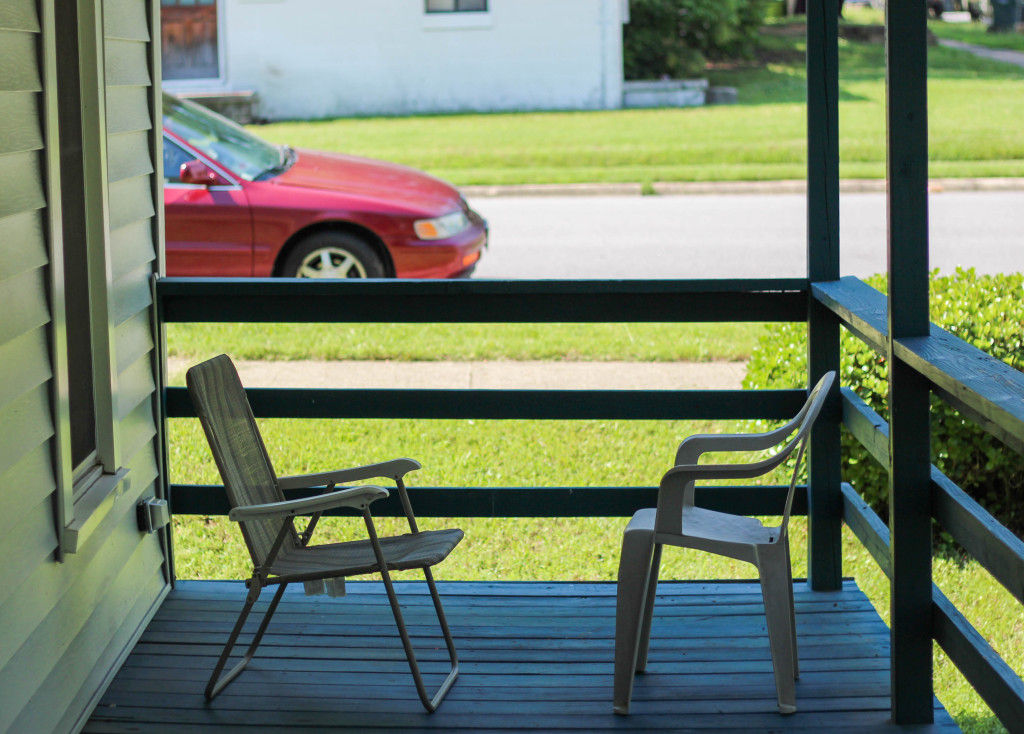
The heart of Matthew 25 is that we find Jesus in the people we least expect: the hungry, the prisoners, and strangers. When I first read these verses I saw them as a way of encouraging Christians to take direct action in the lives of the disenfranchised, as I outlined in my first post. We are called to care for them as we would care for Jesus. But this past week has shown me even more about what it really means for the “least of these” to be the Jesus of our society. Jesus walked around teaching, healing, and loving. He offered salvation to those that would follow, to those that answered his call. To really see people as Jesus, then, is not only care for their needs, but it also to place oneself, myself, at their feet, ready to serve and learn from them.
The disciples gave up everything they had to follow a guy they barely knew and experience things wildly outside the scope of their previous lives. I realized that as Doc walked up to me, yelling “HEY,” I was like the apostle Peter being told to drop everything and follow. I had to drop my worldview, my biases, my hierarchical relationship with those society casts out, and follow as Doc taught me more about what it means to be a Christian than any book or commentary. The relationship shifted from one of giving to one of receiving and only through that change was the meaning of Matthew 25 able to come to life. No longer is my role simply to provide, to feed and clothe, but it is also to learn; to understand that our humanity, our salvation, both Doc’s and mine, is inextricably bound.
I can’t think of a way of learning this outside of strolling with Doc. Jesus was a peripatetic teacher, walking from place to place instructing his followers; it seems fitting then, to learn much about what it means to treat others as Jesus by strolling through Walltown with Doc. I also can’t help but hope for the introductory conversations with many of the folks of Walltown to turn into deeper friendships. And it seems to me that that’s also how Miss Ella Baker would have wanted it.

